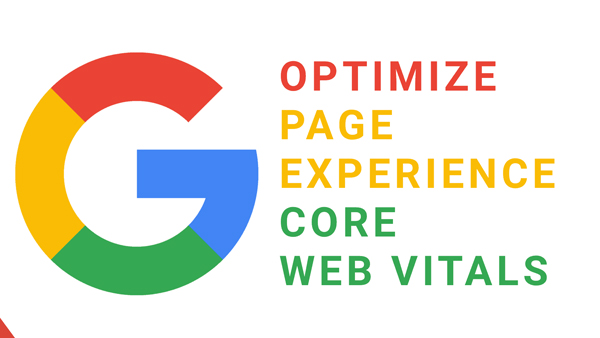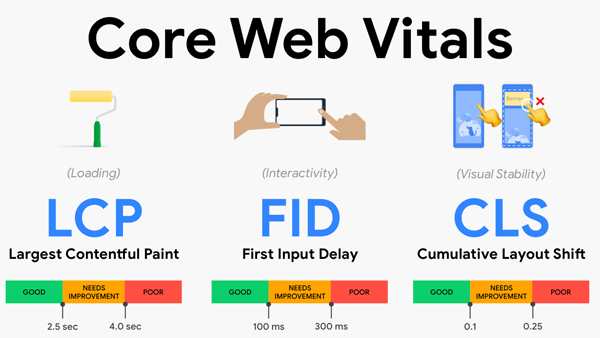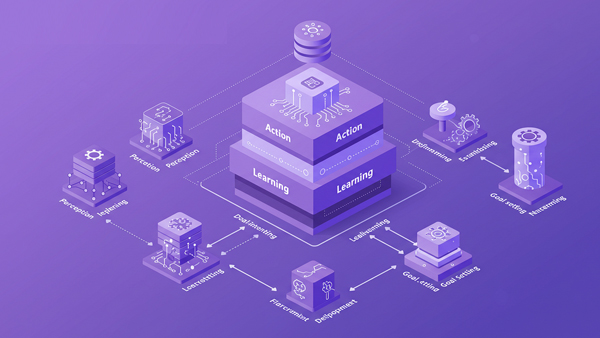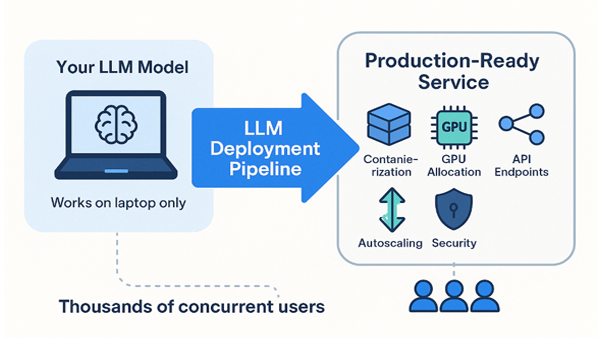In today’s digital-first world, website performance is more than just a technical metric — it’s the foundation of a great user experience. With Google Core Web Vitals becoming a critical part of SEO ranking, optimizing your website for these metrics is essential for visibility, engagement, and conversions. At PMDGtech.com, we dive deep into how Core Web Vitals can transform your website’s performance and boost your search engine rankings.
What Are Google Core Web Vitals?
Google Core Web Vitals are a set of key metrics that measure how users experience the speed, responsiveness, and visual stability of your website. These metrics are part of Google’s Page Experience update, which directly impacts how your site ranks on search results.
The three main Core Web Vitals include:
- Largest Contentful Paint (LCP): Measures loading performance. Ideally, LCP should occur within 2.5 seconds of page load.
- First Input Delay (FID): Measures interactivity. A good score is less than 100 milliseconds.
- Cumulative Layout Shift (CLS): Measures visual stability. Keep this score below 0.1 for a seamless user experience.
When optimized, these vitals ensure your visitors enjoy a smooth, fast, and frustration-free browsing experience.

Why Core Web Vitals Matter for Your Business
1. Better Search Rankings
Google prioritizes websites that provide a superior user experience. By improving your Core Web Vitals, you increase your chances of ranking higher on Search Engine Results Pages (SERPs). This means more visibility, more traffic, and ultimately, more conversions.
2. Enhanced User Experience
A fast, responsive, and visually stable website keeps users engaged. When your website loads quickly and functions seamlessly across devices, visitors are more likely to stay longer and interact with your content.
3. Increased Conversion Rates
Every second of delay can cost you potential customers. Optimizing for Core Web Vitals not only enhances performance but also boosts trust and satisfaction — directly leading to higher sales and conversions.
4. Lower Bounce Rates
Slow websites frustrate users, causing them to leave. With optimized Core Web Vitals, your pages load faster, keeping users engaged and reducing bounce rates significantly.

How to Optimize Your Website for Google Core Web Vitals
1. Optimize Images and Media
Compress and resize images without losing quality. Use modern formats like WebP to reduce load time. Also, consider implementing lazy loading so images load only when users scroll to them.
2. Improve Server Response Time
A fast server improves your site’s overall performance. Choose a reliable hosting provider and leverage Content Delivery Networks (CDNs) to serve content faster worldwide.
3. Minimize JavaScript and CSS
Heavy scripts slow down performance. Minify and combine CSS and JavaScript files, and remove any unused code to ensure faster rendering.
4. Enable Browser Caching
Caching allows browsers to store certain files locally, reducing reload times for returning visitors and boosting overall site speed.
5. Ensure Mobile Optimization
With most traffic coming from mobile devices, your website must be fully responsive. Use a mobile-first design to ensure smooth navigation and readability across all devices.
6. Monitor and Test Regularly
Use tools like Google PageSpeed Insights, Lighthouse, or Search Console to track Core Web Vitals performance. Regular testing helps identify new issues and maintain optimal performance.
The Role of AI in Website Optimization
Artificial Intelligence (AI) plays a vital role in analyzing performance metrics and automating optimization. AI tools can predict user behavior, adjust content delivery, and even personalize experiences — improving Core Web Vitals scores dynamically. At PMDGtech.com, we utilize AI-driven insights to ensure websites perform at their best, consistently aligning with Google’s evolving ranking algorithms.
Future of SEO: Performance + Experience
The future of SEO is not just about keywords; it’s about delivering value through experience. As Google continues to refine its algorithm, websites that prioritize user-centric performance will outperform competitors.
By focusing on Core Web Vitals, you’re not just optimizing for search engines — you’re building a better experience for your audience.
Conclusion: Power Your Website with Core Web Vitals Optimization
Optimizing your website for Google Core Web Vitals is no longer optional — it’s essential for online success. From faster loading speeds to better user engagement, these metrics define how users and search engines perceive your site.
At PMDGtech.com, we specialize in creating high-performing, user-friendly websites that rank higher, load faster, and convert better.
Invest in Core Web Vitals optimization today — and lead the way in digital performance excellence.













Leave a Reply